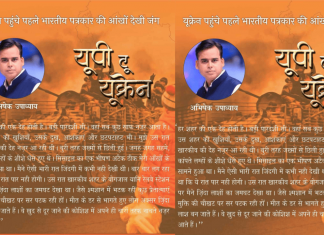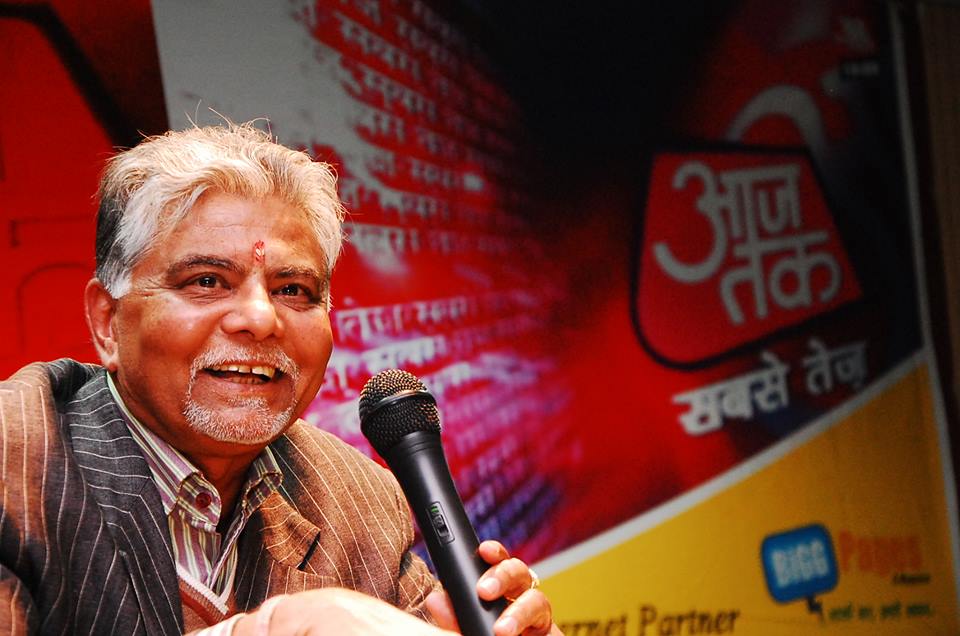The clampdown on the media in Kashmir following the execution of 2001 Parliament attack convict Afzal Guru has brought back into focus the issue of press freedom in the valley, with many journalists in Srinagar criticising the media gag saying that though such restrictions are not new in Kashmir, they make a mockery of claims of freedom of expression in the region.
Since the execution of Guru in Delhi’s Tihar jail on 9 February, citizens of the valley have no access to news channels and limited access to the internet for three consecutive days.
The government gag order issued by Srinagar district magistrate does not include newspapers, reported Economic Times. But publishers and editors of Kashmir newspapers are worst hit as there has been no printing of newspapers at all under the excuse of curfew being imposed in the state.
“This is a censorship no one wants to own up to,” Shujaat Bukhari, editor of Rising Kashmir, one of the leading dailies in Srinagar, told Firstpost.
“On Saturday evening, police parties visited the offices and printing presses of newspapers including mine. They did not have any official orders. They told us that there was no use publishing the next day’s edition as it would not be delivered to people due to curfew,” he said.
Srinagar has a robust regional newspaper industry. Around 50 dailies are published here including 20 in Urdu. However, since national dailies usually reach the Valley only by afternoon and only on news stands, local publications provide the masses with their daily dose of news. At present, all major newspapers are available online. But the shutdown of internet services, except broadband services, in Kashmir makes the online editions inaccessible to a large number of people as well.
When asked about the censorship on media in the wake of Guru’s hanging, Jammu & Kashmir Chief Minister Omar Abdullah told CNN IBN that “more than the TV channels, it is Internet and the use of social media which ends up with fanning of flames with whole lot of irresponsible reportage and repeating of rumours.”
Shamim Meraj, editor and publisher of Kashmir Monitor, said that unlike social media, newspapers could have helped counter rumours in this situation.
“News publications are far more credible and accountable than social media. In no way could newspapers have contributed to a law and order problem in the valley. People are in dire need of genuine information but truth has become a casualty here. This is a desperate measure by a desperate government to save itself from further trouble,” Meraj said.
This is not the first media blackout in Kashmir. Such clamp downs have been witnessed almost every time there has been tension in the region. A similar media blackout was seen during the Amarnath land row in 2008. During protests in 2010, many journalists were roughed up and their curfew passes withdrawn.
“It dates back to the time of Sheikh Abdullah, grandfather of current chief minister. There was nothing but radio sets in the name of mass media. The government used to confiscate them in days of tension,” said Showkat Motta, editor of Kashmir Reader.
Anuradha Bhasin, editor of Kashmir Times, recalled that when militancy was at its peak in the 1990s newspaper editors faced threat from both sides- militants as well as the security establishment.
“Opinion pieces and editorial vanished from newspapers for almost a year,” said Bhasin.
Srinagar-based human rights activist Khurram Parvez underlined the Indian media’s coverage of Kashmir issues as one of the reasons for successive media gags in the valley.
“The criminalising silence of Indian media is worrisome,” said Parvez.
“When an-all girl rock band is banned in the valley, it is seen as an issue of freedom of expression. Why nothing is said in the name of freedom of expression when entire media is silenced here?” he asked. (By Danish Raza)










